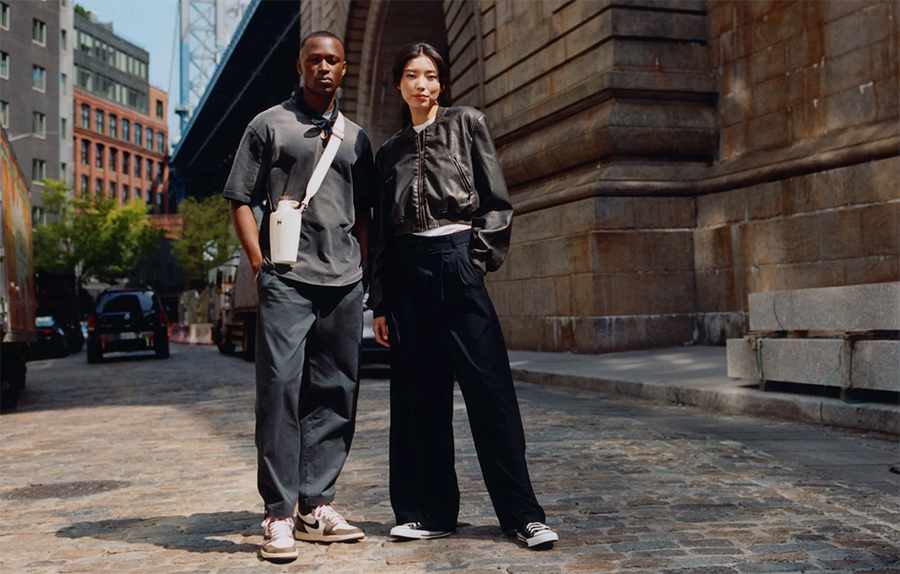Several publicly traded retailers reported second-quarter results over the last few weeks, suggesting a clear trend to slowing discretionary spending by families during the early back-to-school (BTS) period. However, some retailers also reported positive momentum going into August, as the usual cycle of the BTS season was choppier this year.
Market research firm and retail sales tracker Circana suggests that changing consumer behavior is reshaping traditional retail milestones, including the back-to-school shopping season.
During the four weeks ending August 31, 2024, total U.S. retail sales revenue across the combined view of discretionary general merchandise and consumer packaged goods (CPG) declined 1 percent when compared to the comparative four weeks last year, and unit demand remained level.
Circana reported that year-over-year comparisons showed a shift in performance, as sales revenue of each retail segment declined slightly.
According to Circana, both sales revenue and demand for non-edible CPG (consumer packaged goods) declined by 1 percent. Once again, discretionary sales declined 3 percent in dollars, but unit sales grew 1 percent.
“Consumers are buying the same amount of product, but they are spending less, and that spending is aligned with current needs,” said Marshal Cohen, chief retail industry advisor at Circana. “The defined block of time when that back-to-school spending traditionally occurred has faded, now spread across three waves of shopping and multiple shopping seasons.”
Circana said in a media release that this year’s BTS spending follows a pattern similar to last year’s but fell short of last year’s performance.
“The first two waves of back-to-school shopping, which began in the early summer months with back-to-college preparation and retailer promotional events kicking off school supply purchases, continued through August,” the company said in a statement. “The need for school supplies and new shoes was apparent with the 4 percent increase in unit sales of both office supplies and leisure footwear. But the third wave of shopping, which focuses on the consumer wardrobe, was lacking in August as unit sales of apparel declined 3 percent compared to last year.”
Circana said America’s casualization has depleted the importance of back-to-school shopping for fashion.
While school necessities, like leisure footwear, portable beverageware, computers, tablets, and e-readers, were among the categories that rose to the top of the shopping list for BTS, innovation was reportedly a common thread across all of the fastest-growing discretionary general merchandise categories in August.
Prestige beauty—namely hair, fragrance and skincare—and toy-building sets rounded out the top performers for the month, which Circana said makes it clear that innovations in design, functionality and marketing are attracting consumers to spend outside their immediate need considerations.
“Consumers may be waiting for the weather to shift to buy what they need for changing temperatures, but with the right product or product message, marketers still can inspire desire-based purchases,” added Cohen. “Growth opportunities lie in wait for marketers prepared to grab them at a new time, or with a new approach, diminishing the role of traditional shopping seasons and indicators. Lackluster back-to-school spending no longer signals soft holiday spending to follow; instead, there may be lingering benefits of pent-up demand.
Image courtesy Stanley
















